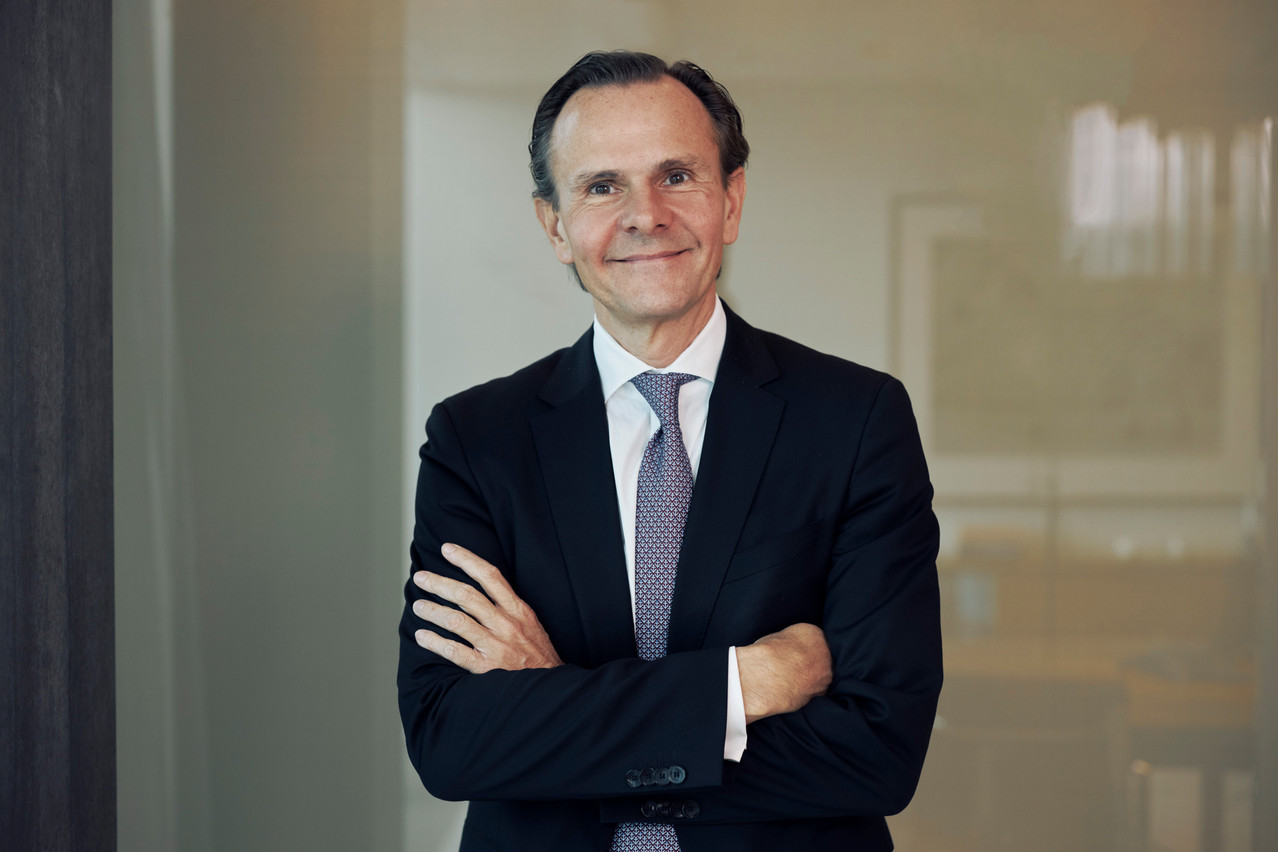“We are not in the camp of forecasting a deep recession,” stated DWS’s global CIO Björn Jesch. “The recession looks and feels and smells differently than the last ones.”
Why is this the case? Jesch pointed to the difference between real and nominal growth rates. “For the first two quarters, for example, negative real growth rates have been reported for the US. Technically, the recession definition would have been met.” However, when measured in nominal terms, things look more positive. In Q1 and Q2, “nominal GDP grew by seven and a half percent annualised. That’s almost twice as strong as during the last decade.”
Workers will keep their jobs, households will keep their incomes and consumers will continue to consume.
Closer to home, Jesch also mentioned that the “doomsday scenarios for the European economy seem to have been avoided.” Governments, businesses and private households have been preparing well for higher energy prices and potential shortages for months. “For example, the German industrial sector has cut its gas consumption by roughly 25%,” while still producing almost the same amount of output. “A disaster, which [was] pre-announced by half a year, didn’t turn out to be true.”
Furthermore, a recession usually means a decrease in expected corporate profits of 20%, said Jesch, but “On average, we do not expect this to happen.” Companies have been coping better with higher prices and labour markets are holding up well. Manufacturing output has been quite stable and gas prices have come down. “Workers will keep their jobs, households will keep their incomes and consumers will continue to consume.”
How will inflation evolve?
Inflation, and how it will evolve over time, is probably the most interesting thing, said Jesch. “We might have passed the peak inflation rate in the US this year, and hopefully we’ll do so early next year in Europe.” Inflation does increase uncertainty and risk premia, but “we have seen some price correction already in 2022.”
Read also
Central banks have made it clear that they will continue to fight inflation, he said, referring to rate hikes by both the Federal Reserve and the European Central Bank. It’s a top priority, but the question is, how high will rates go? “We currently project the Fed to hike slightly above 5% and the ECB to go to 3%,” said Jesch. “Moreover, we believe that central banks will stick to higher rates for longer than markets believe and, most likely, no cut in 2023.”
With regards to what that means for growth, Jesch said that their key assumption is a “mild downturn is likely to be followed by a mild upturn.”
Where do the opportunities for growth lie?
While not forecasting a “big crash in profitability,” said Marcus Poppe, global equities portfolio manager at DWS, “it’s unreasonable to assume that the profitability bonanza, as I would call the last three years, will continue.”
But it’s not all “gloom and doom” in the equities markets. DWS sees opportunities in the European equity markets and “believe[s] this is the right time to look at European equities,” Poppe said. They are cheaper, compared to US markets, and seem well prepared for an upcoming recession. That’s different than the situation in 2008-09. In addition, over the last ten years, “European companies have learned to adapt to low-growth environments, even to tricky environments, because we have been with quite a few crises over the last couple of years.”
Read also
Poppe also highlighted the opportunities offered by the healthcare domain. “We have been fans of the healthcare sector for a while because of its structural growth, appeal and predictable cash flows,” he said, offering obesity and Alzheimer’s as examples. “There are a couple of companies that should be successful in those two sub-groups, and that should support sector revenue growth of 5% on a global basis, and that seems to be rather secure.”
What about the green transition?
Jessica Hardman, head of European real estate, added that infrastructure offers “solid fundamentals,” particularly “embedded inflation protection.” Opportunities lie in healthcare, rail, logistics and social infrastructure, which “all provide long, enduring income streams.”
In addition, “with the ongoing energy transition away from fossil fuels, of course, infrastructure plays a really big role in driving renewable energy.” The ability of infrastructure to “directly contribute to these efforts, as well as a sustained industry push for better ESG standards, really supports our positive outlook.”
The energy transition includes many aspects. Portfolio manager Poppe also emphasised the opportunities in this domain. “Another tailwind that we will see is companies that supply anything which is related to energy efficiency, especially here in Europe.” There should always be opportunities for companies that can provide industrial, commercial or residential buildings with a means to save energy, be it via electrification or other ways.

